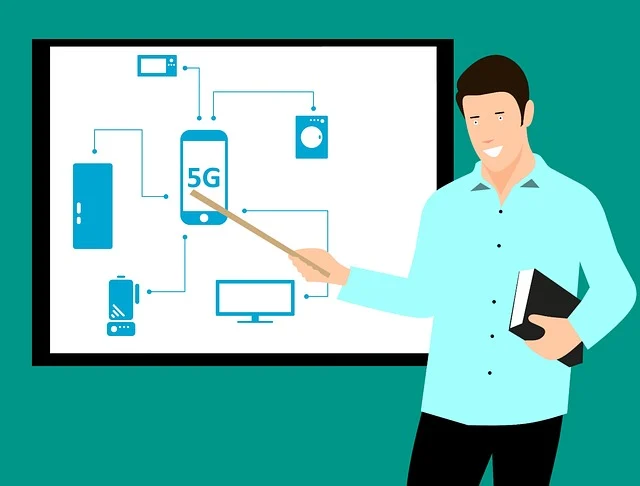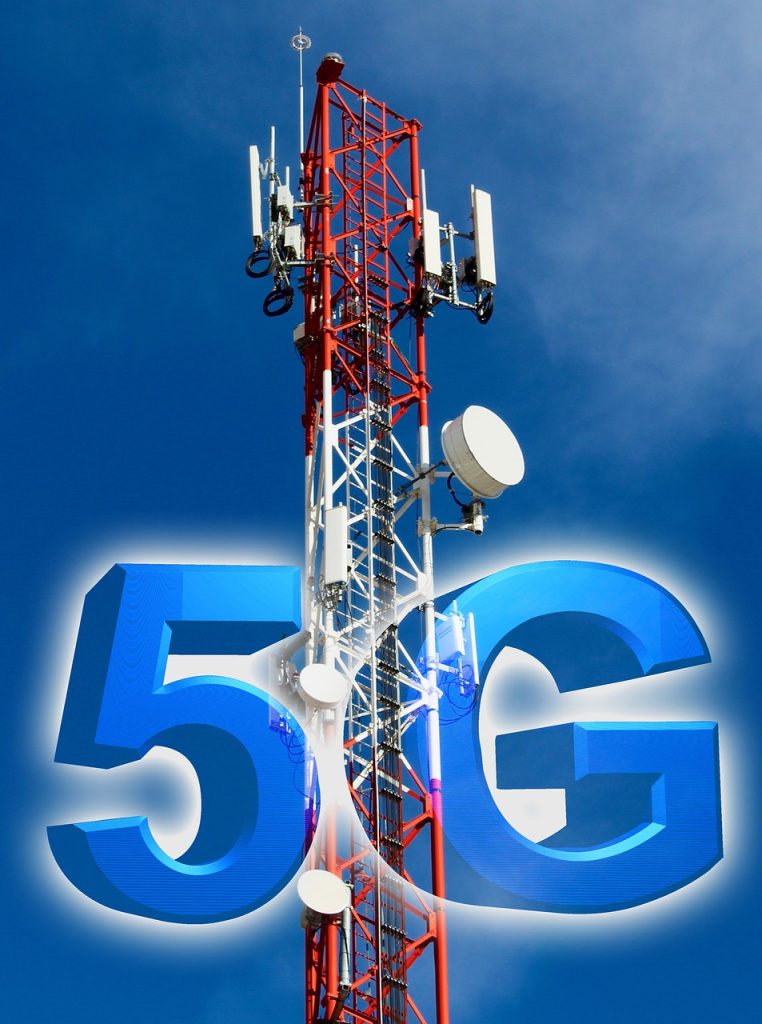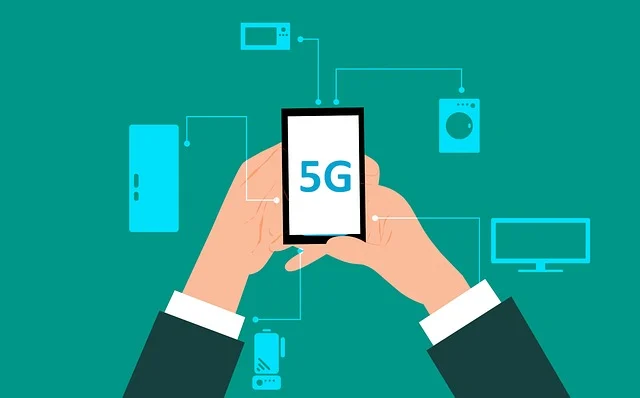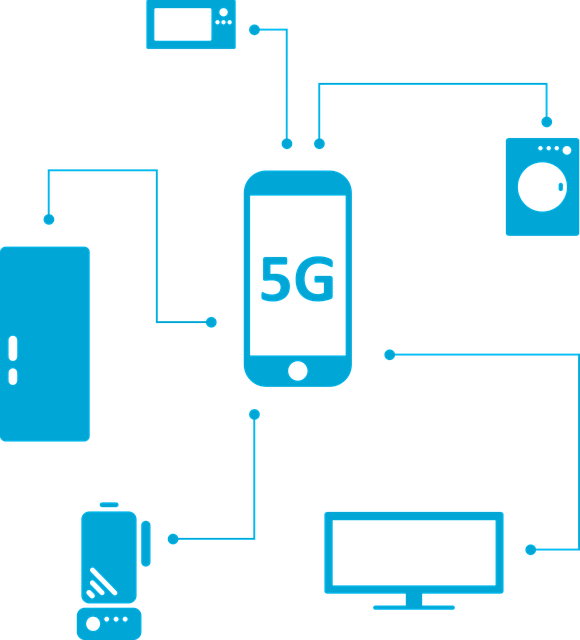
The rollout of 5G technology marks a significant milestone in the evolution of wireless networks. As the fifth generation of mobile networks, 5G promises to deliver unprecedented speed, reliability, and connectivity, unlocking new possibilities for consumers, businesses, and industries alike. But 5G is just the beginning. As we look ahead, we see the potential for even more advanced network technologies that will continue to shape the digital landscape. In this article, we will explore the impact of 5G, its potential applications, and what comes next in the world of wireless connectivity.

1. What is 5G and How Does It Work?
5G is the fifth generation of mobile network technology, following 4G (LTE). It is designed to provide faster internet speeds, lower latency, and greater connectivity than previous generations of wireless networks. 5G achieves this by utilizing higher frequency radio waves (millimeter waves) and advanced antenna technologies like Massive MIMO (Multiple Input, Multiple Output), which allow for more data to be transmitted simultaneously over a wider area.
The key benefits of 5G over previous generations include
Faster Speeds5G networks can offer speeds up to 100 times faster than 4G, enabling near-instantaneous downloads and high-quality streaming.
Low Latency 5G has ultra-low latency, meaning there is minimal delay in communication between devices. This is crucial for real-time applications like gaming, remote surgery, and autonomous vehicles.
– **Massive Connectivity**: 5G can support a significantly higher number of devices per square kilometer, making it ideal for the growing Internet of Things (IoT).
2. Impact of 5G on Consumer Experiences
For everyday consumers, 5G will revolutionize how we interact with technology. The faster speeds and lower latency of 5G will lead to enhanced mobile experiences across various sectors.
Enhanced Mobile Gaming With 5G’s low latency and high speeds, mobile gaming will reach new heights. Gamers will experience smoother gameplay, with no lag or interruptions, even when playing resource-intensive games.
Augmented and Virtual Reality (AR/VR)**: 5G will enable smoother and more immersive AR and VR experiences, providing real-time interaction with digital environments. Applications in entertainment, education, and training will be enhanced with the support of 5G technology.
Improved Video Streaming With faster data speeds, 5G will enable ultra-high-definition (UHD) and 8K video streaming, allowing for higher-quality content without buffering or lag.

3. 5G and Industry Transformation
Beyond consumer applications, 5G technology is set to disrupt multiple industries by enabling new services and capabilities that were previously not possible.
Healthcare 5G will revolutionize telemedicine and remote healthcare by enabling real-time video consultations, remote surgery, and faster transmission of large medical files (such as MRI scans and X-rays). This will improve access to healthcare services, particularly in rural and underserved areas.
Autonomous Vehicles 5G’s low latency is crucial for the development of autonomous vehicles, as it will enable near-instantaneous communication between vehicles and infrastructure. This will make self-driving cars safer and more efficient, reducing accidents and improving traffic flow.
Smart Cities5G will play a central role in the development of smart cities, where devices and systems are interconnected to enhance urban living. From smart traffic management to energy-efficient buildings, 5G will provide the connectivity needed for smart infrastructure to thrive.
Manufacturing and Industry 4.0 5G will support the digital transformation of industries by enabling advanced manufacturing processes such as remote control of machinery, real-time data analytics, and the use of IoT devices in factories. This will improve efficiency, reduce downtime, and enhance product quality.
4. Beyond 5G: What’s Next in Connectivity?
While 5G represents a leap forward in mobile network technology, it’s not the end of the story. Researchers are already exploring what comes next in the world of connectivity. The technologies that will follow 5G could unlock even more groundbreaking applications and possibilities.
-6GThe next generation
of wireless networks, 6G, is expected to go beyond 5G by offering even faster speeds, lower latency, and greater network density. 6G could enable innovations such as fully immersive holographic communication, advanced AI integration, and real-time global connectivity for billions of devices.

Edge Computing
With 5G and beyond, edge computing will become increasingly important. By processing data closer to the source (at the edge of the network), edge computing reduces latency and improves the performance of applications like autonomous vehicles and IoT devices.
Quantum Networks
Quantum computing could also play a role in the next generation of networks. Quantum networks will enable ultra-secure communications, making it virtually impossible to intercept or hack data. This will be crucial as more devices and systems become interconnected.
5. Challenges and Considerations
Despite the tremendous potential of 5G, there are several challenges and considerations that need to be addressed.
– **Infrastructure**: The rollout of 5G requires significant infrastructure upgrades, including new cell towers and fiber-optic networks. Ensuring widespread access to 5G will require collaboration between governments, telecom providers, and technology companies.

– **Security**: As more devices become connected, the risk of cyberattacks increases. 5G networks will need to be designed with robust security protocols to prevent data breaches and protect users’ privacy.
– **Health Concerns**: While 5G technology is considered safe by most experts, there have been concerns about the potential health effects of electromagnetic radiation. Continued research and regulation will be essential to address these concerns.
Conclusion
The advent of 5G marks a new era in wireless connectivity, bringing faster speeds, lower latency, and the potential for new applications that were previously unimaginable. As 5G continues to roll out and the possibilities of beyond 5G technologies emerge, industries and consumers alike will experience profound changes. From autonomous vehicles to smarter cities, the impact of 5G will be felt across the globe. With careful planning and innovation, 5G and beyond will unlock a future where connectivity empowers individuals and drives societal progress.





